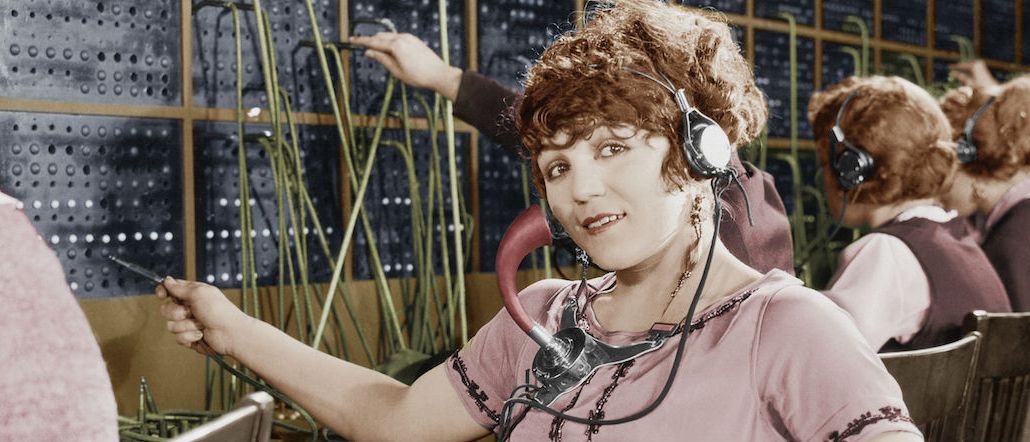Save 50% on a 3-month Digiday+ membership. Ends Dec 5.
‘They will hang around forever’: Why SSPs aren’t going anywhere

Ad tech might move fast, but technology has a tendency to linger.
Since header bidding and server-to-server connections have made it easier for publishers to cut out supply-side platforms and connect directly to demand-side platforms, the SSP has been declared “dead” by more than one industry observer. But despite SSPs’ problems, sources told Digiday that SSPs still appeal to smaller publishers and that vendors will consolidate and adapt to survive.
“If you’re fairly new to the industry and have very little resources to optimize programmatic revenue, then sure, working with a reputable SSP makes sense,” said Cristina Calderin, Thought Catalog director of programmatic. “For an established publisher with dedicated resources for yield optimization, SSPs start losing their value.”
Ad tech folk like to complain about SSPs. They say SSPs are slow, inefficient and opaque. Some SSPs have even charged clients on both the buy and sell side by tacking on extra fees (unbeknownst to the client) for those who don’t use their DSP. But even if better options are now available, not all publishers have the resources to implement the latest and greatest technology.
“SSPs aren’t going away,” said Mani Gandham, CEO of content-marketing platform Instinctive. “They’re logical and necessary as a way to aggregate demand on a free liquid market like real-time bidding, but they’re built on incredibly outdated technology and assumptions.”
Multiple sources emphasized that even though SSPs are clunky, there is still a need for them because some publishers can bring in more demand with SSPs than without them. So rather than withering away altogether, the most efficient SSPs will merge as the space tightens up.
“Our SSP volume still exceeds volume from other sources,” said Rich Sutton, CRO at Trusted Media Brands (formerly Reader’s Digest Association). “The window on SSPs may have a short time horizon and it seems clear … consolidation is around the corner.”
Ad position: web_incontent_pos1
Rubicon Project is one major SSP that has recently explored a potential sale. After being slow to header bidding, the company’s stock price declined nearly 50 percent over the past year. Although Rubicon has struggled, other SSPs have adapted more quickly to shifts in programmatic buying.
PubMatic has had a header bidding product since 2012 and the company maintains “hundreds” of publisher clients, said PubMatic CMO Jeffrey Hirsch. Aside from providing a platform for publishers to monetize unsold inventory, which was the original purpose of SSPs, PubMatic also offers workflow controls, reporting tools and the infrastructure to set up programmatic direct deals.
“There is a role for us to provide the technology for the publisher,” Hirsch said when asked how SSPs will get along with publishers looking to cut out middlemen. “I don’t think the publisher typically has the resources to manage all the integrations at scale.”
Several sources indicated that for SSPs to survive in the long-term, they will have to alter their business models. CafeMedia co-founder Paul Bannister said that SSPs will have to switch to fixed fees and will no longer be able to attract clients while demanding revenue shares.
“Anyone who is not doing this will see their business dry up and is doing a disservice to the ecosystem as it is forcing pubs to keep money out of programmatic in general,” he said.
Ad position: web_incontent_pos2
Sources suggested that to stay relevant, SSP vendors will adapt and differentiate their products. Which is already happening to a degree since vendors with tag-based SSPs have ventured into header-bidding solutions, although several companies are way behind the curve.
Beeswax CEO Ari Paparo pointed out, “It will be a slow bleed and they will hang around forever.”
More in Media

What publishers are wishing for this holiday season: End AI scraping and determine AI-powered audience value
Publishers want a fair, structured, regulated AI environment and they also want to define what the next decade of audience metrics looks like.

Digiday+ Research Subscription Index 2025: Subscription strategies from Bloomberg, The New York Times, Vox and others
Digiday’s third annual Subscription Index examines and measures publishers’ subscription strategies to identify common approaches and key tactics among Bloomberg, The New York Times, Vox and others.

From lawsuits to lobbying: How publishers are fighting AI
We may be closing out 2025, but publishers aren’t retreating from the battle of AI search — some are escalating it, and they expect the fight to stretch deep into 2026.
Ad position: web_bfu




